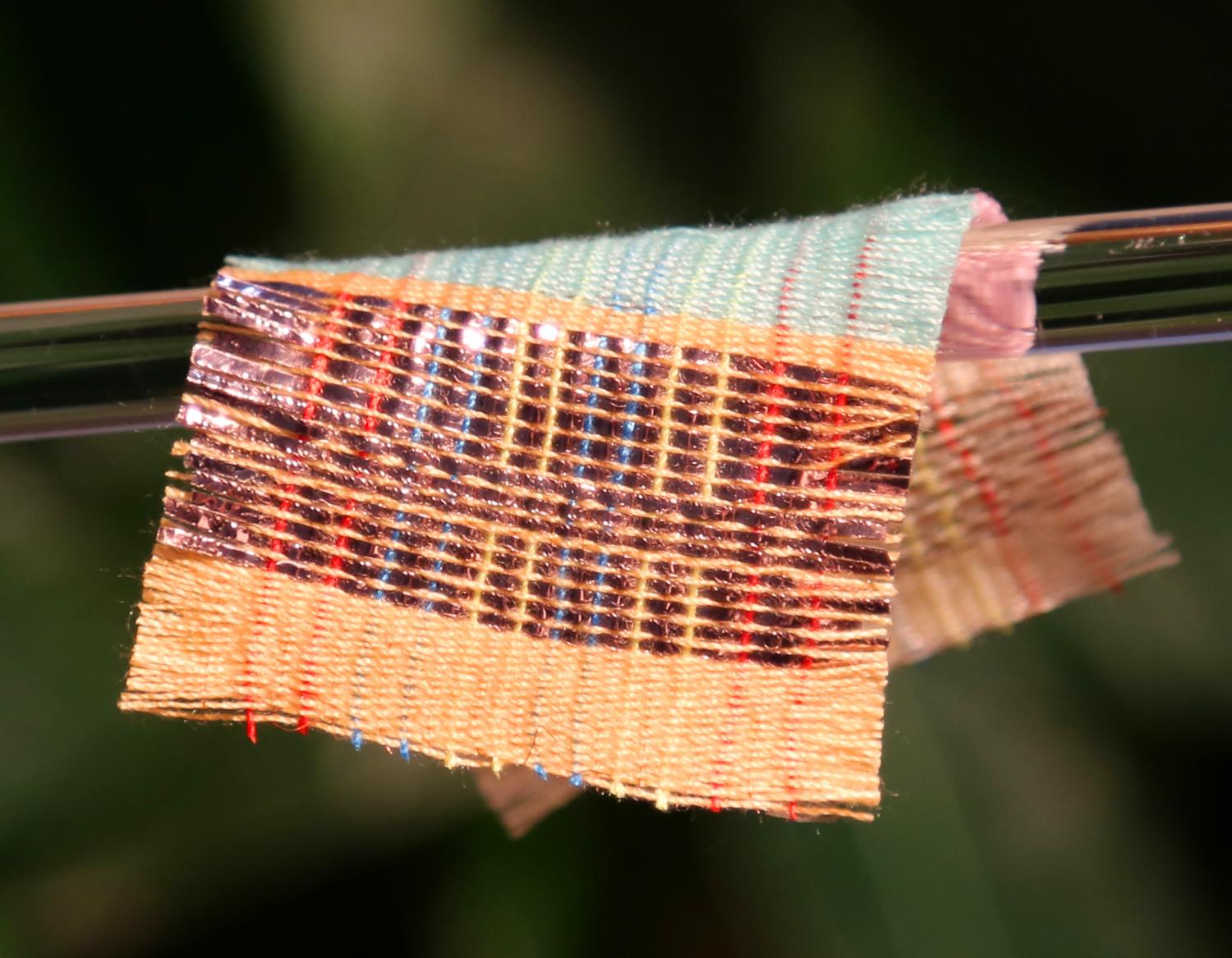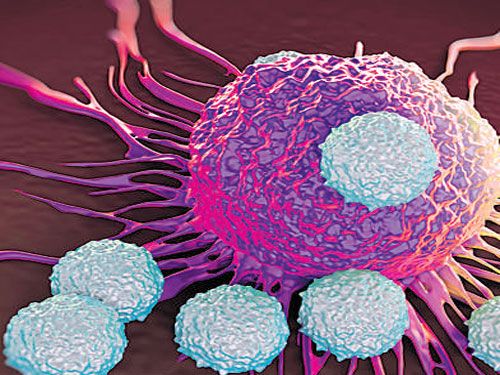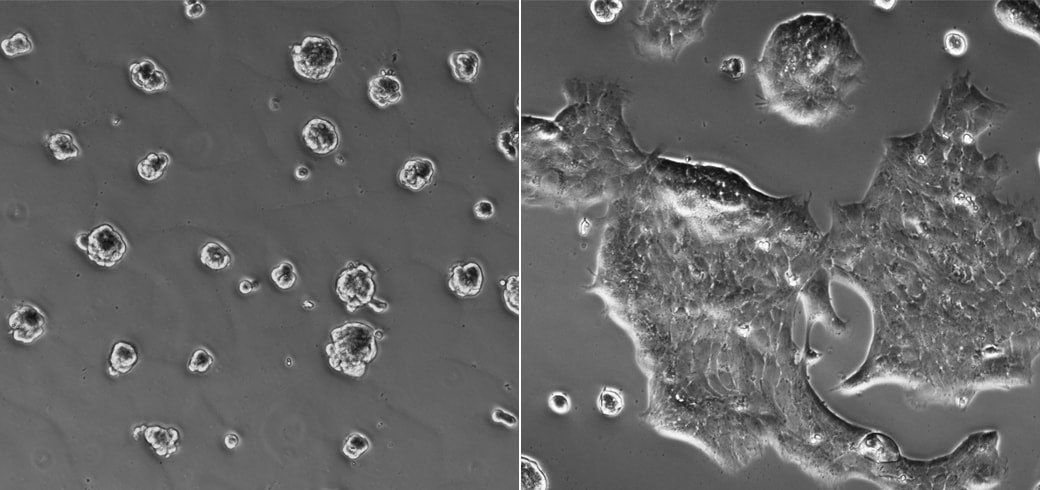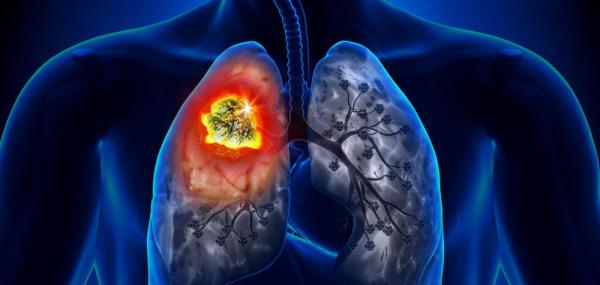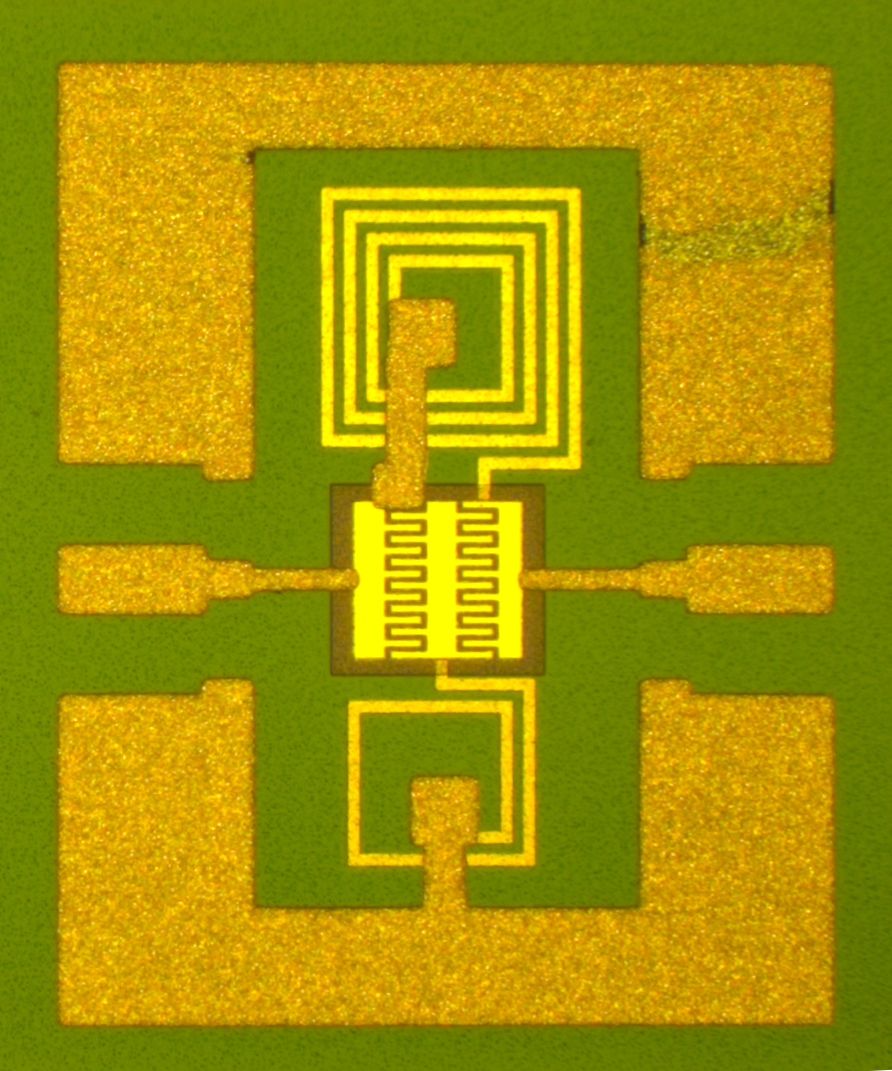Novo tecido utiliza do sol e vento para gerar energia.
Tecidos que podem gerar eletricidade a partir do movimento físico têm sido nas obras por alguns anos. Agora, pesquisadores da Georgia Institute of Technology ter tomado o próximo passo, o desenvolvimento de um tecido que pode colher simultaneamente energia de ambas sol e movimento.
A combinação de dois tipos de geração de energia elétrica em uma matéria têxtil abre o caminho para o desenvolvimento de peças de vestuário que poderiam fornecer a sua própria fonte de energia para alimentar dispositivos como smartphonr ou sistemas de posicionamento global.
